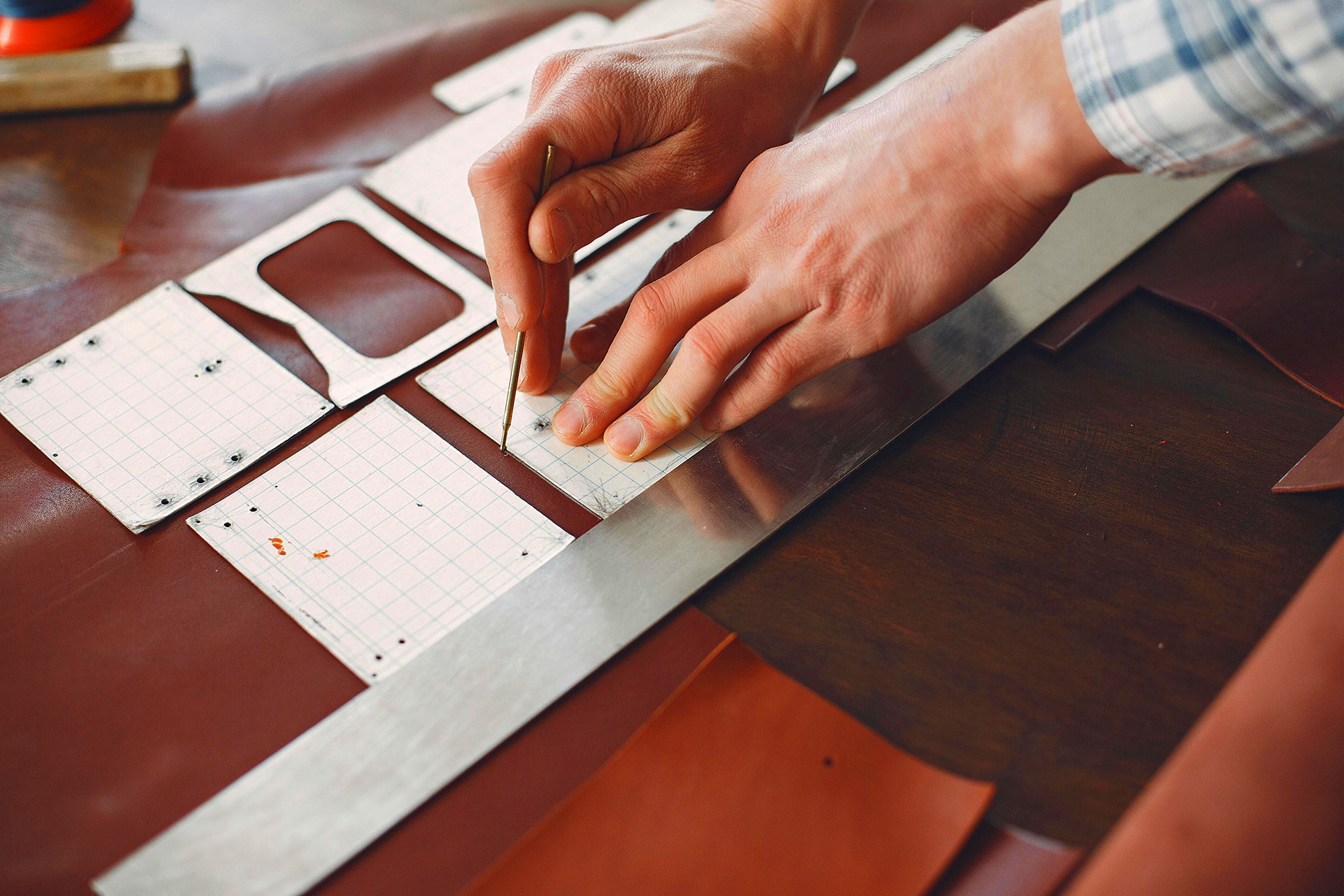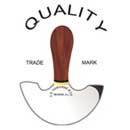
19 Nov Ever Wonder Why Your Projects Don’t Look Professional? Start Here
You finish a piece, take a step back, and think, it’s good… but not great. The lines are clean, the color’s right, yet something about it feels off. Not quite professional. Every leatherworker has been there.
It’s not about talent, and it’s not about luck. It’s about technique, and the tools that bring precision to it. The difference between amateur and professional work isn’t visible at first glance. It’s hidden in the small, disciplined details.
Sharp Tools, Sharper Results
The most common reason projects fall short? Dull tools. It sounds simple, but a blade that drags instead of glides ruins everything that follows. Frayed cuts, uneven lines, rough edges, no amount of polish can hide that.
Professionals know how to maintain their blades. They sharpen before they need to. They clean and strop after every session. They never fight the leather; they let the edge do the work.
When your tools are sharp, the work feels lighter. Lines flow instead of stuttering. Cuts land where they’re meant to.
Consistency Is the Real Secret
You can’t rush consistency. Straight stitches, even tension, and identical spacing all come from patience and rhythm.
The best leatherworkers move like musicians. Their hands repeat the same motion until it becomes instinct. That steadiness gives every project its polish.
Here’s where the right tools matter again:
- Pricking irons keep stitch lines perfect, no guessing needed.
- Edge bevelers maintain uniform curves and depth.
- Groovers create smooth channels that guide stitching evenly.
Consistency builds confidence, and confidence is what people see as “professional.”
Finishing Isn’t Optional
Beginners stop when the work looks done. Professionals keep going until it feels done. That means sanding, slicking, and burnishing every edge until it’s smooth enough to reflect light.
A finished edge transforms a project. It’s the difference between handmade and hand-crafted. Between “nice” and “wow.”
Don’t skip:
- Sanding: smooths out layers for a unified edge.
- Dampening: preps fibers for burnishing.
- Polishing: seals the surface for shine and longevity.
Every step matters. Each one adds seconds, but takes years off the learning curve.
Respect the Process
Rushing is the enemy of quality. When you slow down, precision has room to breathe.
The best artisans don’t chase shortcuts. They trust their tools, their hands, and their patience. Because the real hallmark of professionalism isn’t speed, it’s control.
The Invisible Difference?
That effortless “factory-perfect” look? It isn’t factory-made at all. It’s the product of care, repetition, and mastery of the basics.
So the next time you wonder why your work doesn’t quite look professional, don’t overthink it. Start with your tools. Sharpen them. Clean them. Feel their balance again.
Because in leatherwork, it’s not the design that makes something look professional, it’s how much respect you give the craft behind it.


